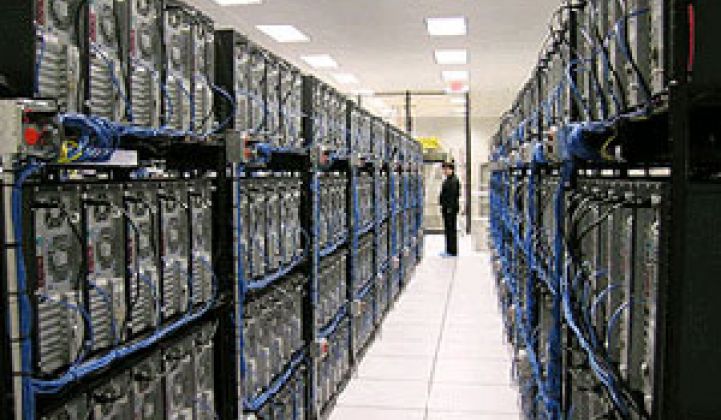Forget the recession – going green is still critical to the bottom line for Global Fortune 1000 companies.
That's according to a new study by Deloitte released Thursday, which found nine in ten companies claiming they're taking "aggressive or moderate" steps to improve their environmental performance.
Those steps include the simple – asking employees to turn off lights and electric devices when not in use – or the more complex tasks of virtualizing servers for better efficiency, the study said.
The study, The Next Wave of Green IT, showed that companies are making efforts, however small, to lessen their environmental impact. For example:
- Nearly three in five respondents say their company is investing 5 percent or more of their IT budget to support green IT programs. More than a third say that they've allocated 15 percent or more to green IT.
- Two-thirds of respondents say they are measuring, monitoring and improving environmental performance.
- Three quarters says they've conducted a formal review of business impact on the environment in the past two years.
Companies' green efforts include some innovations. Intel is taking heat from servers and redirecting it to warm the cafeteria and the restroom water supply (see Will There Be a Stimulus for Data Center Efficiency?).
Deloitte points out that the first wave of green IT for many companies would be focused around virtualization, data center infrastructure, power management and new technology on the desktop. That's because cutting power costs could yield the biggest payoff for companies looking toward green IT, according to the study.
Data centers consume about 1.5 percent of the electricity in the U.S. and 2.5 percent in Northern California and the total is growing. More online shopping and videoconferencing will reduce overall greenhouse gases, but add to the power bills of ISPs. Companies like Cisco Systems, Microsoft, Sun Microsystems and IBM as well as startups like Verdiem are main players in the field of improving data center efficiency.
Besides virtualization, other energy-saving technologies include swapping in solid state drives made from flash chips in place of traditional hard drives as well as better air conditioners and cool energy managment. Air conditioning can consume nearly half of the power delivered to datacenters: All that heat coming off computers is just energy purchased but wasted.
But how about the next green wave? The study notes that small steps are one thing, but to really make a difference it will take more than server-heated cafeterias.
The authors of the study pointed to reducing carbon dioxide emissions as the next frontier of the green IT effort. How much carbon is IT producing and how can IT be a tool to inform and help the business in its sustainability performance? According to a 2007 study by Gartner, the global information and communications technology industry accounts for approximately 2 percent of global carbon dioxide emissions which is equivalent to the emissions from aviation.
It's important, among other things, to calculate the cost of carbon, aligning tax strategy with sustainability strategy and green investments and evaluating the capabilities of current IT systems to measure, monitor, and report on sustainability criteria, the Deloitte study said.
